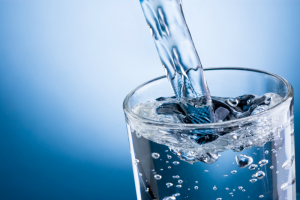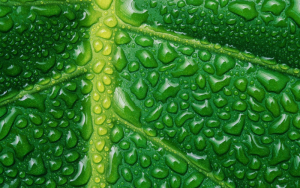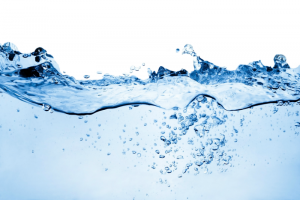|
Well Water Potability Testing

Garden Soil Analysis
» » » » » » *** « « « « « «
Well Water Potability Testing
WAL recommends that homeowners have their well water analyzed annually.
Additionally, should the homeowner notice a change in taste, color, smell, texture or clarity, the water should be tested immediately.
Typical analysis for the purchase or sale of a home is Human Consumption plus Total Coliform & E.coli. Some mortgage companies also require lead and/or copper. VA home loans require 3rd party sampling.
We are happy to supply a sampling kit free of charge to homeowners in Wyoming. For more information, please call 307-742-7995 or see our Documents page.
Or simply download our Potability Sampling Instruction sheet here.
Human Consumption Analysis includes:

- Calcium, Iron, Magnesium, Sodium, Potassium
- Hardness
- Total Dissolved Solids
- Conductivity
- pH
- Bicarbonate, Carbonate
- Fluoride, Chloride, Nitrite, Nitrate, Sulfate
- Cation/Anion Balance
Agriculture Analysis includes:

- Calcium, Magnesium, Sodium
- Hardness
- Sodium Absorption Ratio calculation
- Total Dissolved Solids
- pH
- Nitrate, Sulfate
Livestock Analysis includes:

- Calcium, Magnesium, Sodium
- Hardness
- Total Dissolved Solids
- pH
- Nitrate, Sulfate
Baseline Analysis includes:
- Human Consumption Analysis
- Surfactants
- Oil & Grease
NOTE: This is suggested for establishing a baseline of water quality in wells near areas where major construction or fracking is planned, but BEFORE it has begun. Should water quality change and the baseline has been established, the homeowner will have verifiable documentation that the change is coincidental to the fracking or construction.
- Total Organic Carbon (used as a post-baseline check to determine if petroleum compounds have entered the water system)
Bacteriological Analyses available:

- Total Coliform & E.coli
- Fecal Coliform
- Heterotrophic Plate Count
- Biological Activity Reaction Test (BART) for APB, SFB, SRB, IRB or HAB
Additional Water Quality Analyses available:
- Lead in Potable Water
- Copper in Potable Water
- 1st and 2nd Draw Lead & Copper
- Hydrogen Sulfide

- Ammonia
- Total Suspended Solids
- Turbidity
- Total Alkalinity
- Organics by Gas Chromatography
- Arsenic, Selenium, Uranium and many other individual elements
Garden Soil Analysis
Garden soil requires a delicate balance of nutrients and minerals in order for a garden to reach its full potential. Soil testing can help make the most of a home garden.

- Soil pH
- Soluble Salts
- Macro-nutrients – Nitrogen, P, K, Ca, Mg, S
- Organic Matter
- Sand, Silt, Clay
- Micro-nutrients – Fe, B, Mn, Ni, Cu, Zn, Mo, Chloride
- Consumables – Ba, Li, V, Cr, Co, As, Se, Cd, Sn, Pb, Si, Ag, Hg, Fluoride, Iodide (minerals whose ingestion may adversely affect the health of humans, pets or livestock)
Things to Remember About Soil Quality

- To see if the ground is ready for planting, grab a handful of soil and squeeze. It should fall apart, not form a mud ball.
- Don’t over-till, since this can cause soil to compact, reducing its ability to hold air and water.
- Ideal soil composition for most home gardens is 25% water, 25% air, 5% organic matter and 45% mineral (preferably loam).
- Loam is 2 parts sand, 2 parts silt and 1 part clay
|
|








